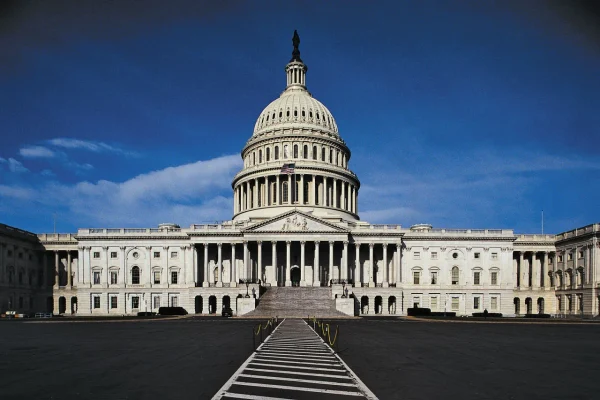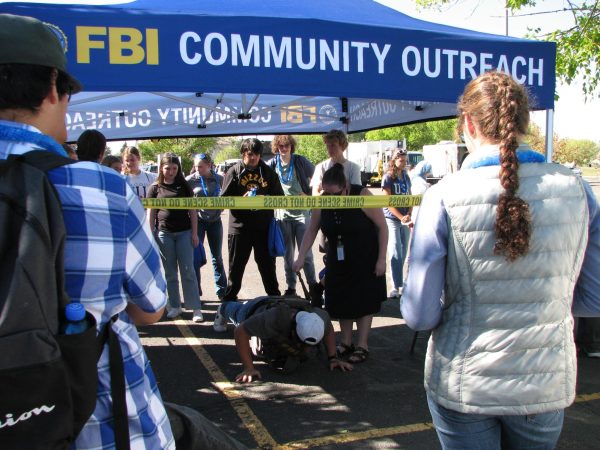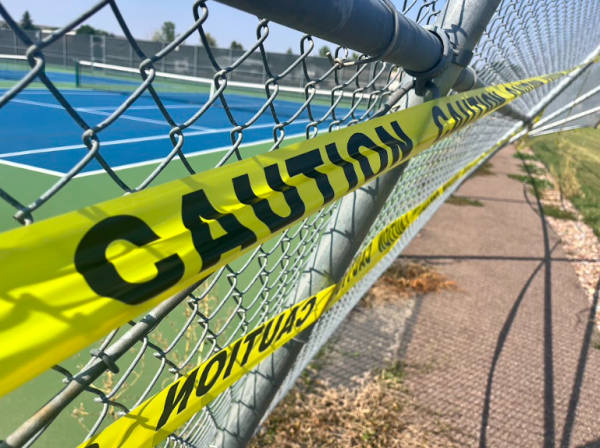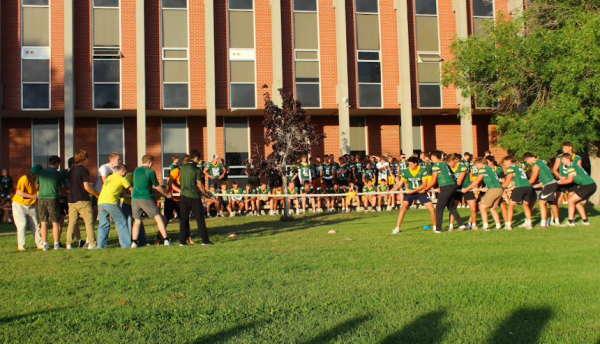Mill levy passes, board of trustees members elected
With crowded classrooms flooding his school, C. M. Russell High School Principal Dick Kloppel prepares to welcome a successful levy to CMR.
This levy broke the tradition of its predecessors becoming the second of seven to pass in a 10-year period.
The levy this year ran for $1.6 million, $400,000 more than the budget committee suggested.
“The recommendation of the budget committee was $1.2 million,” Kloppel said. “The board looked at the needs of the school and went for the larger amount.”
The funding is set to hire additional teachers and help update school buildings around the district.
The Great Falls Public School District has already been cramping from overcrowded classes and understaffed departments, Kloppel said.
CMR did not elude the effects facing much of the district. Kloppel said that the health and physical education department is lacking instructors to cover the swelling classes. He also said that the art program had to cut one period of Advanced Placement art, and the industrial technology department went from a staff of seven down to six.
“Over time, the failure of the levy has reduced the quality of education,” Kloppel said. “We still put out a darn good product, but it’s not as good as it used to be.”
The custodial department also took a hit by losing two custodians, Kloppel said.
“The building hasn’t gotten any smaller,” he said. CMR also is an aging building, and one of the three boilers was being replaced this winter.
Kloppel said that the boiler was out of operation for eight years and took six weeks to replace.
The math department also is struggling, Kloppel said.
“We’re not able to staff the credit recovery math,” he said. “Math is huge.”
Math department head Terri Dahl said that this school year, three sections of math classes were not staffed.
With the success of the mill levy, Dahl said that next year the math department will have two sections of each top level math: Honors Statistics and AP Calculus.
“We have never run that much before,” Dahl said.
However, the classrooms currently suffer from crowding, Dahl said, adding that the success of the mill levy will “not alleviate those numbers as much.”
Dahl said that there were “75, 80 kids without a math teacher before the levy passed.”
“They wouldn’t have had classes for students,” government teacher Brian Halverson said. “These budget constrictions affected different departments differently.”
Halverson also suffers from overfilled classes. He taught upwards of 31 students in his economics class that was meant for 25, and in his government classes also are crowded.
“Students lose intimacy,” Halverson said about students in discussion-based classes.
It becomes difficult to determine how individual students comprehend during discussions, and that the “sequential failures of mill levies of the past” brought the overage of students in the classroom, he said
“I usually have 18-20 students in an AP section,” he said. “You reach a point in numbers that you notice a difference.”
Halverson said that had the levy not passed, students would not be given as many elective opportunities.
“I want students to have as much curriculum choice as possible,” he said.
Following the May 6 election Halverson described as general happiness, and he said that he is looking forward to the future.
“I’m excited about the numbers I have for next year,” he said. “I’ve heard good things.”






